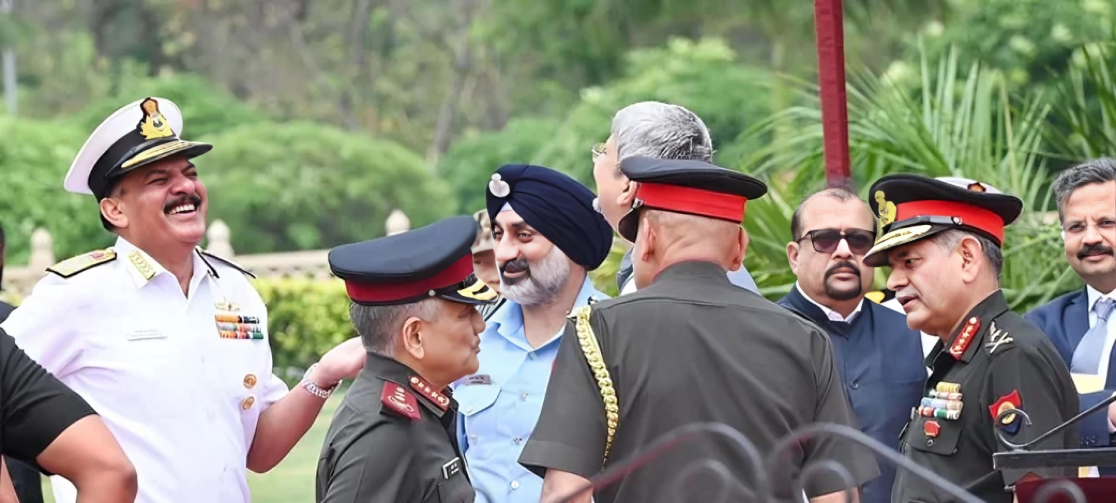In a transformative move for India’s military structure, the government has authorized the Chief of Defence Staff (CDS) and the Secretary of the Department of Military Affairs (DMA) to issue joint instructions to the Indian Army, Navy, and Air Force. This long-anticipated reform ends the decades-old system where each service operated independently with separate directives, and signals a new era of integration and coordination in national defense.
Approved by the Honourable Raksha Mantri, the reform aligns with the broader objectives of the 2025 “Year of Defence Reforms” and aims to enhance unity, responsiveness, and strategic clarity across all armed forces. The first joint order issued under this unified command stresses procedural simplification, elimination of duplication, and improved synergy in operations.
The reform fulfills recommendations first made in the aftermath of the 1999 Kargil War, which exposed significant gaps in inter-service coordination. It builds on key institutional developments like the creation of the Integrated Defence Staff in 2001 and the appointment of General Bipin Rawat as India’s first CDS in 2019.
India’s 2025 defence budget—pegged at a record $500 billion, or 2.5% of the national GDP—underscores the scale and ambition of the current modernization drive. Analysts believe the new joint command structure could improve the effectiveness of joint operations by up to 30%, a projection supported by a 2020 Royal United Services Institute (RUSI) report.
The reform also reflects lessons learned from major operations such as Operation Ganga in 2022, during which over 18,000 Indian nationals were evacuated from Ukraine with swift military-diplomatic coordination. Officials hope that the new system will better prepare India for both conventional conflicts and multi-domain challenges, strengthening its strategic posture at home and abroad.













